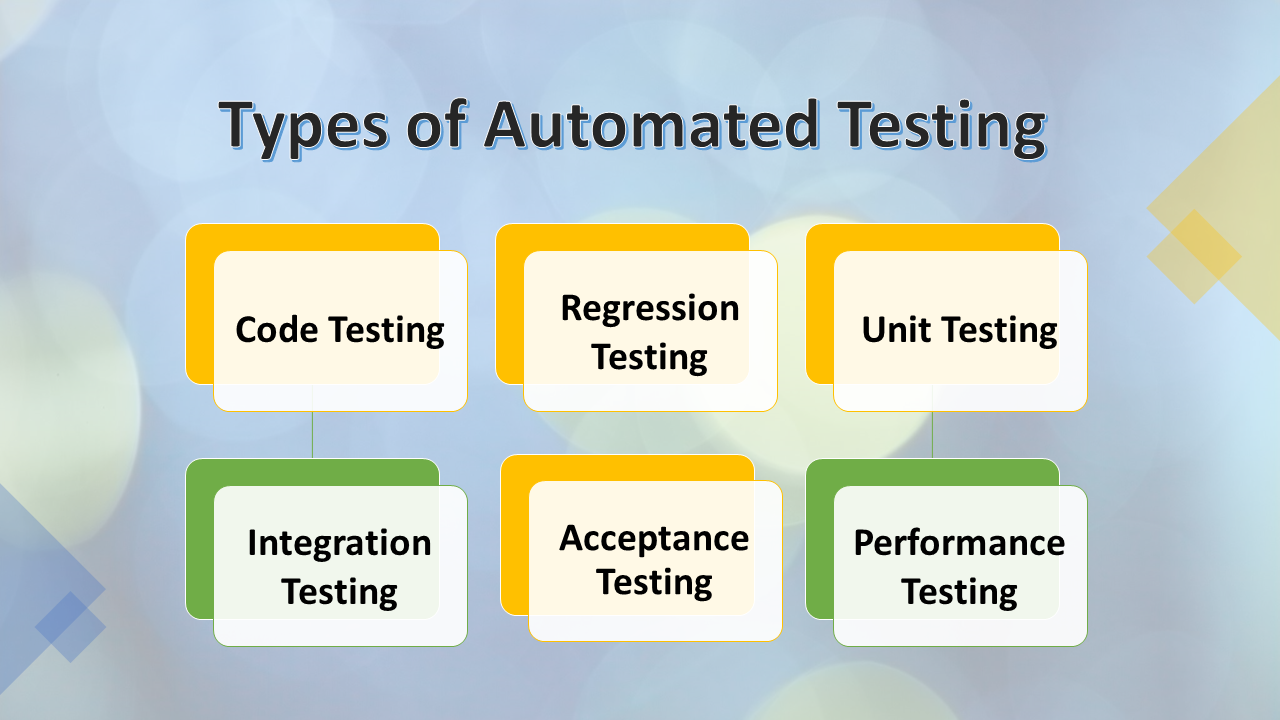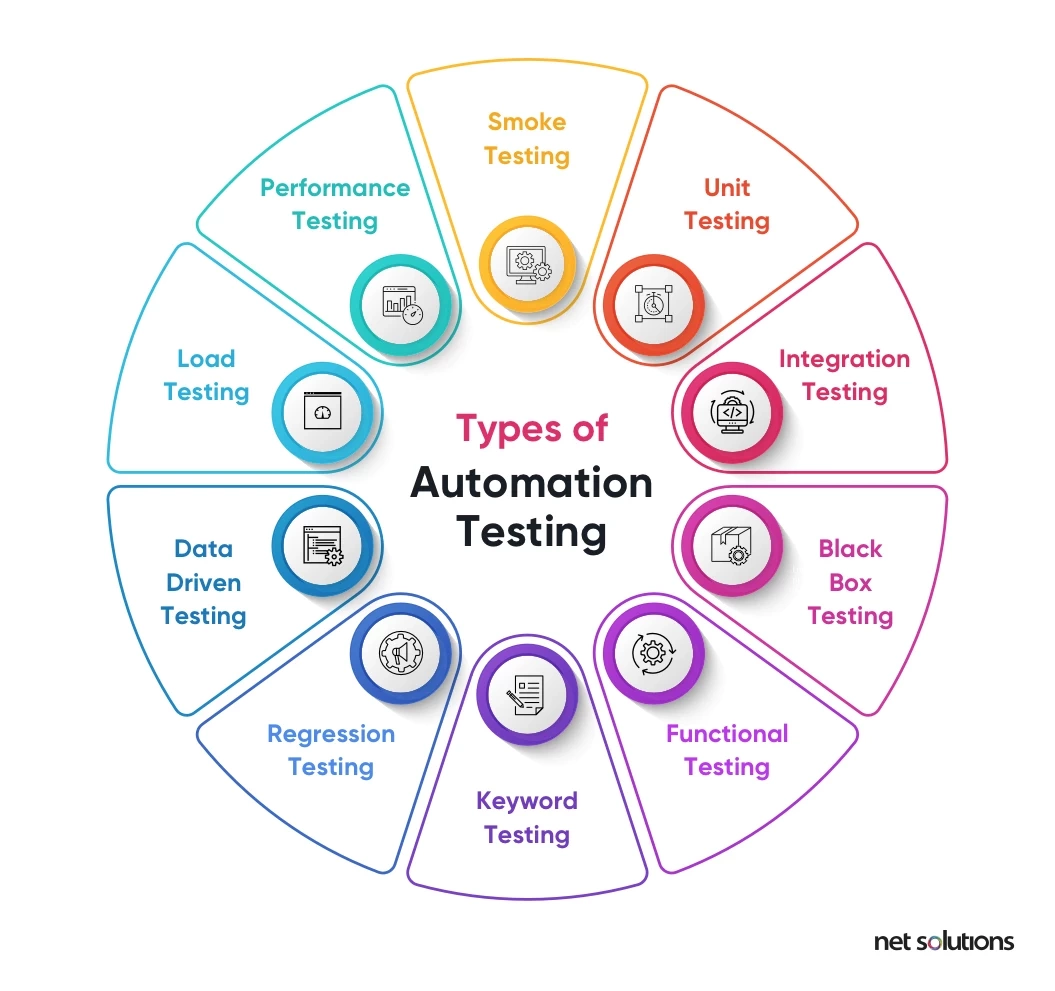Selecting the Right Tools for Effective Automation Testing Solutions
Selecting the Right Tools for Effective Automation Testing Solutions
Blog Article
From Handbook to Automated Testing: A Comprehensive Guide to Transitioning Smoothly and Effectively
In the realm of software testing, the shift from manual to automated procedures has actually come to be an increasingly important change for companies looking for to improve effectiveness and accuracy in their testing techniques. The journey from manual to automated screening is not without its challenges, however when come close to purposefully and with a clear plan in mind, the benefits can be considerable.
Benefits of Automated Examining
Automated testing offers many advantages, improving performance and accuracy in software application development procedures. One key benefit is the considerable reduction in screening time. Automated examinations can be run simultaneously on several gadgets and running systems, significantly speeding up the screening phase contrasted to hands-on testing. This raised effectiveness permits faster comments on the top quality of the software program, allowing developers to identify and deal with issues quickly.
In addition, automated screening makes certain a higher degree of precision in detecting issues. Uniformity in testing is also improved, as automated examinations implement the exact same actions precisely each time they are run.
Choosing the Right Tools

To start with, assess your needs and goals. Comprehend the range of your job, the innovations entailed, and the ability collection of your team. This evaluation will aid you establish the capacities and attributes you require in your screening devices.
Secondly, take into consideration the compatibility of the tools with your existing procedures and systems. Seamless assimilation with your present software application development lifecycle is vital to make sure a smooth shift to automation.
Furthermore, evaluate the scalability and versatility of the devices. As your testing requires advance, the devices ought to have the ability to adjust and fit changes properly.
Lastly, consider the support and neighborhood around the tools. When implementing automated screening, robust support and an active user area can supply valuable sources and support. By very carefully considering these aspects, you can pick the right tools that line up with your needs and established the phase for a successful transition to automated screening.
Creating Efficient Examination Scripts

When crafting test manuscripts, it is crucial to think about the specific demands of the software application being tested and make certain that the scripts address all vital capabilities. Descriptive and clear calling conventions for examination scripts and examination cases can improve readability and maintainability. Furthermore, incorporating mistake handling mechanisms within the test manuscripts can aid in identifying and a knockout post attending to problems quickly.
Furthermore, arranging examination manuscripts into modular elements can improve reusability and scalability, lowering redundancy and boosting performance in examination manuscript maintenance. Normal reviews and updates to examine scripts are critical to keep rate with advancing software program demands and capabilities. By complying with these concepts, testers can produce reliable and durable test manuscripts that add considerably to the success of automated testing processes.
Integrating Automation Into Workflows
Efficient integration of automation tools right into existing operations improves and simplifies procedures productivity within software application development cycles. When including automation into workflows, it is crucial to identify recurring jobs that can be automated to conserve time and reduce human error. By effortlessly integrating automated screening tools like Selenium or Appium right into the software growth lifecycle, teams can attain faster comments on code adjustments, resulting in quicker insect detection and resolution. This combination enables for continuous testing throughout the growth process, guaranteeing that any problems are identified early, leading to greater software top quality. Additionally, automation can be made use of to set off tests automatically after each code dedicate, giving immediate recognition and freeing up testers to focus on even more complex scenarios. Proper integration of automation tools needs partnership in between advancement, testing, and operations groups to develop a unified operations that maximizes performance and performance in providing premium software program items.
Guaranteeing a Smooth Change
Successfully transitioning to automated screening entails thorough planning and cautious execution to take full advantage of and reduce interruptions performance in the software advancement procedure - automation testing. To make certain a smooth shift, it is important to begin by conducting a detailed assessment of the existing screening procedures and determining areas where automation can bring one of the most significant advantages. Involving with all stakeholders early at the same time, consisting of programmers, testers, and job supervisors, is critical for gathering support and buy-in for the automation campaign
Interaction is key during this transition stage. Clear communication of the objectives, benefits, and assumptions of automated testing helps to manage any kind of resistance or concerns that might occur. In addition, supplying adequate training and sources for employee to upskill in automation devices and methods is essential for making sure a successful transition.

Final Thought
To conclude, transitioning from handbook to automated screening offers countless benefits, consisting of enhanced effectiveness and Get More Information integrity. By selecting the proper devices, writing effective test manuscripts, and incorporating automation perfectly right into process, organizations can make sure a successful and smooth shift. It is necessary to embrace automation as an important property in software program screening processes to enhance overall quality and performance.
In the world of software program screening, the shift from manual to automated processes has become an increasingly crucial change for companies seeking to improve performance and accuracy in their screening practices. Automated examinations can be run concurrently on multiple tools and running systems, dramatically speeding up the testing phase contrasted to manual screening. Consistency in testing is also enhanced, as automated examinations perform the very same steps specifically each time they are run.To ensure the successful execution of selected screening devices, the creation of reliable examination scripts plays a vital role in verifying the functionality and efficiency of automated procedures - automation testing. By complying with these concepts, testers can develop efficient and durable test manuscripts that contribute dramatically to the success of automated testing procedures
Report this page